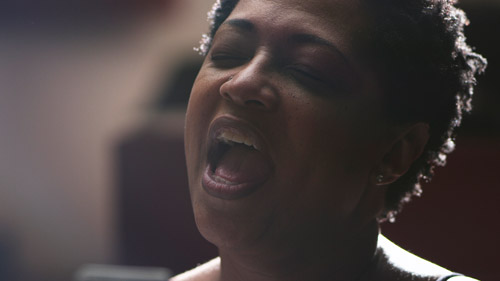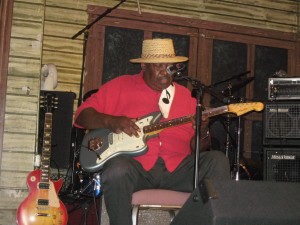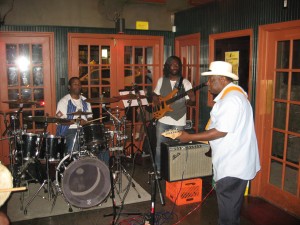Who wants to see a documentary about back-up singers? You do. If you enjoy music, especially singing, 20 Feet from Stardom is a must-see. You’ll hear amazingly beautiful voices. You’ve probably heard the singers many times, but have never known who they were.
Morgan Neville’s film focuses on five talented singers: Darlene Love, Merry Clayton, Claudia Lennear, Lisa Fischer, Táta Vega, and Judith Hill. Beginning in the Sixties, they have sung on many well-known R & B, rock and pop songs behind singers from Ray Charles to Mick Jagger. Clayton, who sang on The Rolling Stone’s 1969 hit “Gimme Shelter,” was the only one of these I recognized.
Among the star performers who are interviewed are Bruce Springsteen, Sting, Stevie Wonder, Mick Jagger, Bette Midler, Nia Peeples, and Sheryl Crow (a former back-up singer). Interviews with producers and others in the music industry give a behind-the-scenes view of how the music we hear gets made (it’s not always a pretty picture).
Springsteen talks about the challenges in moving from back-up to lead singer. Clayton, Lennear and Vega tried to make it as solo singers, but had limited success. Lennear has been teaching Spanish. Darlene Love spent a period cleaning houses, before a song on the radio called her back to music. At 29, Judith Hill is the youngest of the featured singers and is working toward a solo career.
Regardless of these singers’ struggles and setbacks, the music is thrilling and awe-inspiring. You can’t help but come out of the theatre with your spirits lifted–and wanting to hear more of this music.


